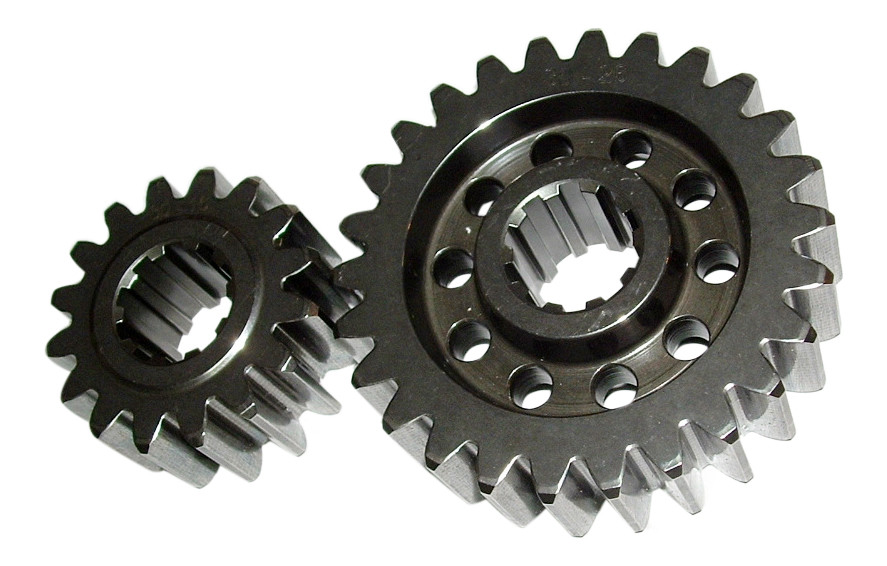SUVs, Shiftn Gears, LLC, is a local auto sale center located in Williston, Florida with numerous vehicles to choose from or we can fill your custom request. Shift'n Gears, LLC If we don't have it, we will get it!

- Bike gears: shifting explained for beginners If you haven’t a clue how many gears your bike has, how many you actually need or even how to use them properly, don’t worry — you’re not alone.
- Create new account.
- Shift'n Gears, Inc. Is an auto sales center located in Williston, Florida with a wide variety of vehicles in stock. We have cars, trucks, and SUV's. We offer vehicles at a wide range of price points and offer in-house financing for those who need it!
- Shift gears To quickly or abruptly change what one is doing or discussing. With that out of the way, let's shift gears and discuss our strategy for the third quarter. About halfway into the story, the book shifts gears and begins a narrative from the perspective of the antagonist.
- 14 October, 2020
- 14 October, 2020
Let’s talk about how shifting works and when to change gears. When you shift, you’re controlling your bike’s derailleurs, which in turn move your chain from gear to gear across your drivetrain. In the video and instructions below we’ll focus on how to shift using integrated shifters, which are the most common type found on modern road bikes. These levers combine both shift levers and brake levers.
Left hand—shifting the front derailleur between chain rings
The left shifter controls your front derailleur, which moves the chain between the chain rings attached to your crankset. Shifting with your left hand will cause more dramatic changes in gearing and is helpful for when you’re riding up and down hills.
By pushing the whole left hand lever inward, the derailleur will push the chain up to a bigger chain ring—a harder gear. A harder gear takes more effort to pedal, but you’ll move farther with each pedal stroke. Pushing only the small inner lever inward will pull the chain down to a smaller chain ring—an easier gear. This makes pedaling easier, but you won’t move as far or as fast.
Use the smaller chain ring, or the easiest gear, when pedaling uphill. Use the bigger chain ring, or hardest gear, when you’re riding downhill.
Right hand—shifting the rear derailleur between cogs
Your right shifter controls your rear derailleur, which shifts the chain across cogs in your cassette. In a cassette, the smaller size cogs are actually the harder, faster gears and the bigger cogs are the easier, slower gears. This means the same shifting motions you use with your left hand deliver the opposite result with your right hand.

By pushing the whole right hand lever inward, the rear derailleur shifts the chain to a bigger cog—an easier but slower gear. Pushing the smaller inner lever inward will shift the chain to a smaller cog—a harder but faster gear.

How to avoid cross-chaining
You’ll want to avoid being in the hardest gear on one shifter and the easiest gear on the other. We call this “cross-chaining” because the chain is running at an angle instead of more or less in a straight line. Cross-chaining puts a lot of strain on the chain and often causes the chain to rub against the front derailleur. This makes a lot of irritating noise and can be rough on your gears.
Shift Gears Idiom
How to find the best gear combination
The best gear combo is really a matter of personal taste. Don’t be afraid to play around to find the most comfortable and efficient rate of pedaling, or “cadence” for you.
Shifting your front derailleur (left hand) results in big changes in gearing, while shifting your rear derailleur (right hand) results in smaller gear changes. With practice, you’ll find that front shifting is helpful for big changes on hills and rear shifting is good for fine tuning your gearing until you’re pedaling at rate that’s comfortable to you.
In general, most riders find a cadence of about 90 pedal rotations per minute to be the most efficient and comfortable. A slower cadence can feel like a struggle and a faster cadence feels like you’re pedaling like crazy but going nowhere. If you’re interested in measuring your cadence, many cycling computers or apps can read this with a sensor. Using a sensor to measure your cadence can be a great way to learn when it’s a good time to change gears.
Pro tip: pedal lightly while shifting!
You need to keep pedaling to be able to shift, but shifting works best (and is the smoothest) when you’re pedaling lightly. If you’ve got a lot of pressure on the pedals when shifting, the gear change tends to be clunky and abrupt. This is especially important on hills, so if you see a hill coming up shift to an easier gear before you start climbing! And if you need to shift into easier gears as you climb, try to reduce the amount of pressure you’re putting on your pedals as you do so.
If you’re looking for more assistance and advice on shifting, head over to your closest Trek retailer. There’s always friendly folks there who love helping you get the most out of your bike.
Shift Gears In Nissan Maxima 2009
About the Author: Trek
Our mission: we build only products we love, provide incredible hospitality to our customers, and change the world by getting more people on bikes.

Shift Gears Meaning
